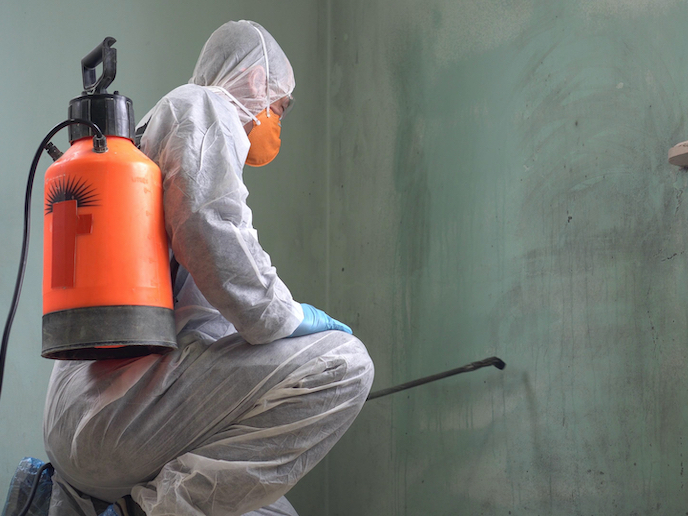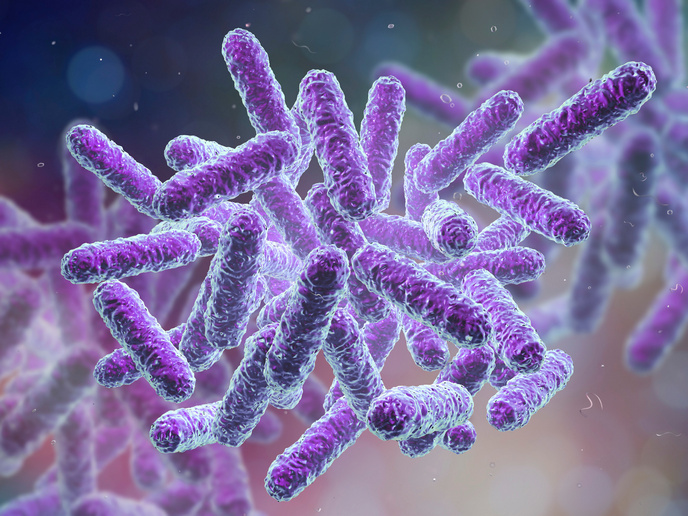Revealing indoor mycobiomes in Norway
Fungi are everywhere in the natural world. This includes inside human-inhabited buildings, where the fungal communities are known as indoor mycobiomes. Wherever there is moisture, fungi can grow, which at the least can be a nuisance and at worst can affect human health. Geography and climate have been shown to be critically important determinants of indoor mycobiomes. Norway has a particularly marked climatic gradient, making it an interesting place to study fungal communities, both indoor and outdoor. Traditional methods include growing the fungi in cultures and using microscopes. But these have severe limitations, particularly the fact that even with advances in culturing techniques, only around 1 % of the microbes is able to be cultivated. The MycoIndoor project, undertaken with the support of the Marie Skłodowska-Curie Actions, turned to state-of-the-art technology known as high-throughput sequencing(opens in new window) (HTS) to overcome this problem. HTS is particularly useful in characterising the microbial communities present in environmental samples, e.g. dust and air from buildings. The project had three main aims: constructing a DNA sequence database for widespread cultivable indoor fungi in Norway; analysing variation in the indoor mycobiome within buildings; and characterising the geographical shifts on a larger scale, across Norway. This helps to reveal the environmental drivers behind certain groups of fungi.
Citizen science studies
The team turned to citizen scientists for help in identifying places to study and to find a geographically widespread set of buildings (houses and kindergartens). “From the main citizen science study including 271 houses, we were able to unravel the main factors shaping the indoor mycobiomes throughout Norway,” says Håvard Kauserud(opens in new window), research professor at the University of Oslo and MycoIndoor project supervisor. They found that regional climate factors significantly affected both outdoor and indoor mycobiomes, owing to an influx of spores from outdoor sources. Furthermore, features of the buildings studied and their occupants also influenced the indoor mycobiomes. “Two characteristic fungal groups mainly defined the indoor mycobiomes: well-known household moulds (Penicillium, Aspergillus and Botrytis) that colonise building materials and foodstuffs, and diverse yeasts associated with human skin (Malassezia, Debaryomyces, Candida and Rhodotorula),” explains Pedro Martin-Sanchez(opens in new window), researcher at the University of Oslo, and principal investigator of the MycoIndoor project. The majority of these indoor indicator species have been previously reported as potential allergenic fungi. In contrast, outdoor mycobiomes were distinctly enriched in rock-inhabiting fungi, which include lichen-forming fungi (Lecanorales) and microcolonial black fungi (Chaetothyriales and Capnodiales). These fungal groups are well known for their multi-stress tolerance and prevalence in diverse outdoor environments such as rocks and buildings.
A library of new knowledge
The team built a detailed DNA sequence collection, from both environmental samples and reference isolates, which can be used by other researchers to study indoor fungi. The knowledge obtained from the MycoIndoor project will have a relevant impact on related scientific areas (microbiology of the built environment, fungal ecology and human exposure), as well as on commercial activities related to building microbiology and material biodeterioration. “This project provides baseline information about which fungi occur within buildings in temperate and boreal regions. By comparing to this data, it may be possible to more easily detect ‘sick buildings’, i.e. buildings that deviate for some reason, due to, for example, water damages and the subsequent fungal outbreaks,” notes Martin-Sanchez. ”As a next step, health information from inhabitants could also be checked against indoor microbiomes (fungi and bacteria). The project is a step towards a more automated mycobiome profiling of buildings,” says Kauserud.







